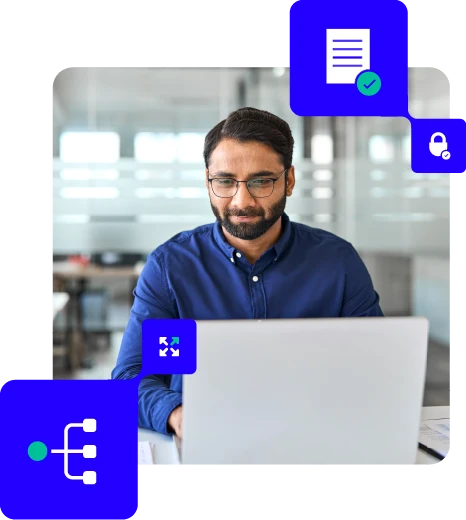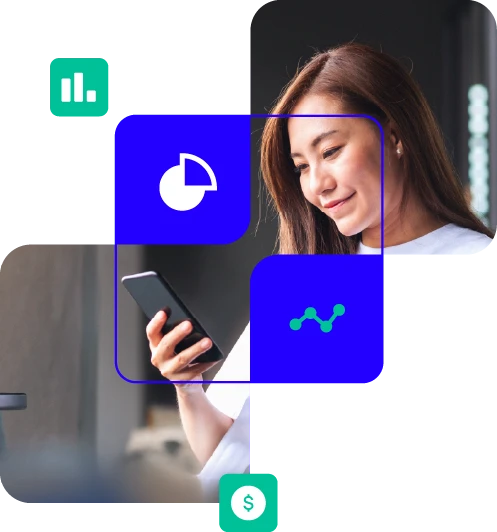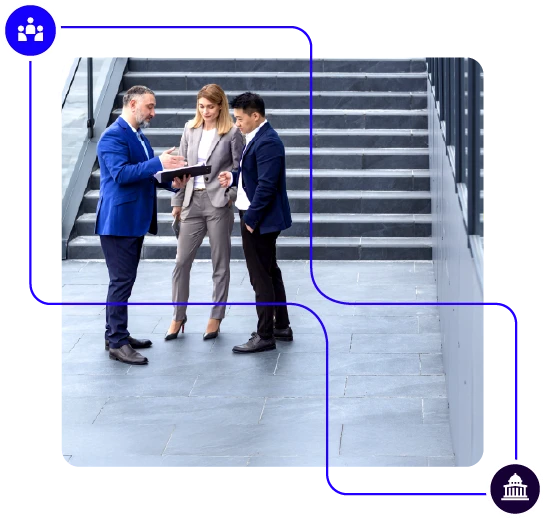Smarter Discovery Starts Here
Reduce risk and uncover key insights faster with tools that combine precision and defensibility.

Built to handle complexity, designed for clarity
Manage discovery from a single source of truth with defensible holds, policy enforcement, audit trails, and accurate exports.

End-to-end discovery
We’ve got you covered from advanced archiving to analysis and upstream discovery processes.

Powerful, intelligent search
With results arriving in seconds by channel, user, message direction, and more.

Simplified investigation
Purpose-built technology designed to streamline collection, investigation, and review with a single source of truth.

Comprehensive case management
Establish and enforce consistent, defensible legal holds, including auditing, accurate exports, and strong retention policies.

Single, searchable source of truth
Collect, review and export a complete, interconnected data set with audit trails and reporting.

Built-in API and partner integration
Securely connect and integrate with other tools and providers, using export APIs.
Explore the discovery option that’s right for you
Whatever your industry, scale, or ambition, we’ll help you configure the ideal solution.

Global enterprise
Tackle complex challenges with ease. Integrate workflows to simplify investigations and discovery, while intelligently searching for complete, relevant documents. Our cloud architecture is designed to meet the needs of large, global organizations with extensive volumes of data.

Growing financial firms
Stay compliant with ease. Whether you're an asset manager, a trust company, or a bustling broker-dealer, Smarsh delivers the technology and expertise to simplify compliance. Leverage capture, supervision, and export capabilities to streamline discovery for the modern business.

Public sector
Build trust with expedited responses. Streamline public records management and FOIA request processes. Designed to meet the needs of public sector organizations seeking to automate and improve how they capture, archive, and find electronic communications.
Ready to transform your discovery workflow?
Built for financial firms scaling globally — Smarsh makes discovery simple.
Supercharge Discovery with Smarsh Services
Our experts will help you architect your case workflows, enforce defensible holds, and streamline export readiness so your investigations are faster, auditable, and risk-resilient.
Discovery: AI-accelerated investigation
E-discovery is the process of identifying, collecting, preserving, searching, reviewing, and exporting electronic communications for investigations, litigation, audits, or regulatory inquiries.
Smarsh centralizes all communications into a single source of truth, supports legal holds and early case assessment, and provides secure, auditable workflows for defensible discovery.
Smarsh streamlines discovery by providing a centralized, single source of truth for all communications data.
With high-performance, faceted search across 100+ channels, legal teams can perform early case assessments faster, identify relevant content more precisely, and reduce the time and cost of review.
Smarsh proactively retains an immutable set of communications, then delivers high-performance search, role-based case management, configurable workflows, and complete audit trails. Teams can collect by custodian or criteria, cull and organize data, and export in common formats, reducing time, cost, and risk.
Smarsh web-scale architecture is built to handle multi-petabyte cases with speed. By combining powerful indexing, automated legal holds, and AI-driven data culling, Smarsh helps reduce the volume of data sent to review platforms, directly cutting e-discovery spend.
Smarsh supports email, IM/chat, collaboration platforms, social, voice, and mobile SMS across 80+ networks and 100+ channels.
All content is preserved in native context with full metadata for Slack and all Microsoft 365 types (among many others), ensuring comprehensive, defensible coverage of digital communications.
Yes. The platform is built for web-scale ingestion, indexing, and search (multi-petabyte customers supported). It returns results quickly – even at extremely high volumes – and exports at enterprise speeds in standard formats (PST, EML, EDRM, XML, HTML), helping teams hit tight deadlines.